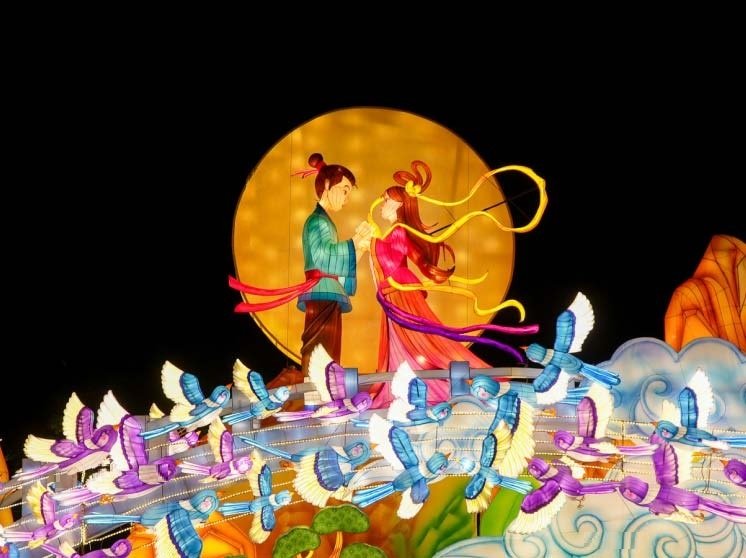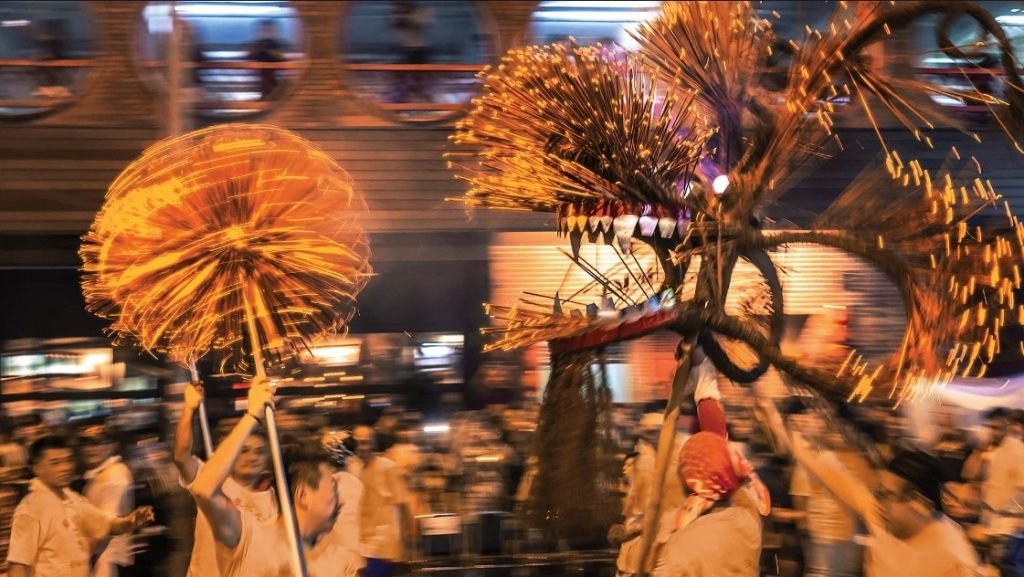Travel & Events
World Suicide Prevention Day 2024: How Can We Save Lives?
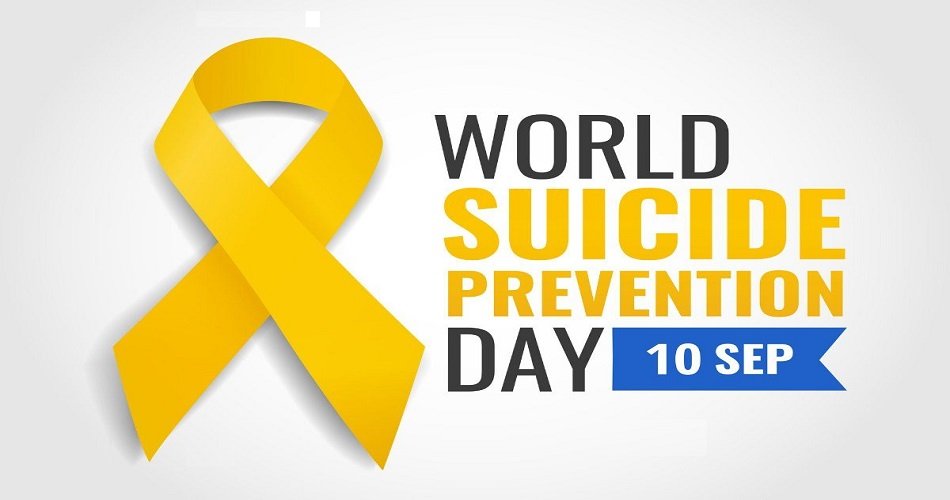
The Significance of World Suicide Prevention Day
World Suicide Prevention Day began in 2003 to address the pressing issue of suicide. Over 700,000 people die by suicide each year, impacting families and communities worldwide. Suicide ranks as the fourth leading cause of death among 15-29-year-olds globally. This day highlights the need for open conversations and awareness. The theme “Changing the Narrative on Suicide” for 2024-2026 encourages everyone to engage in discussions that reduce stigma. Participation in travel and events related to this day can foster understanding and support. World Suicide Prevention Day inspires action toward a more compassionate world.
Suicide warning signs and prevention strategies
A widespread misconception about suicide is that it often comes without warning. In reality, many individuals show warning signs well before they attempt to take their own lives. While it may be difficult to detect these signs in every case, especially if the person is trying to hide their distress, certain behaviors can indicate an elevated risk:
- Talking or writing about suicide: Casual or explicit mentions of suicidal thoughts.
- Giving away possessions: When people start “tying up loose ends.”
- Engaging in risky behaviors: Such as alcohol or drug misuse, reckless driving, or dangerous stunts.
- Acute or chronic stressors: Bereavement, divorce, financial difficulties, job loss, or ongoing depression.
- Previous suicide attempts: Those who have attempted suicide before are at a higher risk of future attempts.
- Sudden, unexplained mood improvement: Contrary to what might seem like a positive sign, an unexpected mood lift after a depressive episode can sometimes indicate that the person has decided to end their life and feels at peace with that decision.
It’s essential to keep an eye out for these signs, especially if they occur over an extended period. Many individuals struggling with suicidal thoughts may not express their feelings directly, but subtle changes in behavior and mood can be revealing.
Raising Awareness and Reducing Stigma
Global Suicide Statistics and Public Health Impact
World Suicide Prevention Day shines a light on the urgent issue of suicide. Over 700,000 people die by suicide each year. This staggering number affects families and communities worldwide. Suicide ranks as a leading cause of death among young people. Public health officials recognize the need for increased awareness. Understanding these statistics helps reduce stigma. People must see suicide as a preventable public health crisis.
The Role of World Suicide Prevention Day in Awareness
World Suicide Prevention Day plays a crucial role in spreading awareness. Communities organize travel and events to educate the public. These activities foster understanding and compassion. People learn how to support those struggling with suicidal thoughts. Awareness campaigns encourage open dialogue. Individuals feel empowered to seek help. The day inspires collective action toward prevention.
Mental health and suicide prevention resources
In the UK and many parts of the world, there are numerous support services designed to help those experiencing suicidal crises. However, knowing where to turn in the moment can be confusing. Recently, the NHS introduced a mental health option in its 111 helpline, providing easy access to mental health professionals. The service is available 24/7, ensuring that anyone experiencing a mental health crisis or concerned for a loved one can quickly reach trained professionals.
This mental health option connects callers to local teams made up of mental health professionals, nurses, and clinicians, who can perform mental health assessments, dispatch crisis teams, and refer individuals to local support services. For younger individuals, child and adolescent mental health specialists are available through this helpline as well.
Suicide remains a pressing public health issue, claiming nearly 800,000 lives annually worldwide. The devastating impact of suicide reverberates across communities, families, and societies. Recognizing this, many governments, health organizations, and advocacy groups have implemented policies and strategies aimed at reducing suicide rates. This article explores suicide prevention policies worldwide, government initiatives for mental health, and how global efforts are shaping the future of mental health advocacy.
Global Suicide Prevention Efforts
The World Health Organization (WHO) plays a critical role in global suicide prevention policies. WHO’s Mental Health Action Plan (MHAP) 2013-2030, focuses on four key objectives: strengthening mental health leadership, providing comprehensive mental health services, implementing strategies for promotion and prevention, and strengthening evidence and research. Suicide prevention is a key part of the Sustainable Development Goals (SDGs), with a target to reduce suicide rates by one-third by 2030.
Countries worldwide are integrating WHO’s guidance into national policies. Many governments now prioritize mental health awareness, education, and services, with varying levels of success.
Government Initiatives for Mental Health
Government initiatives for mental health vary widely across countries but generally aim to integrate mental health into broader healthcare systems. Universal mental health coverage, expanding access to services, and investing in prevention programs are top priorities.
In 2024, governments are focusing more on community-based services. Countries like New Zealand have adopted integrated mental health models that provide early intervention through primary care and community organizations. Mental health initiatives in countries like Sweden and Norway emphasize social support networks, linking mental health with public well-being initiatives, and leveraging public services for better access.
Mental Health Legislation in 2024
Mental health legislation in 2024 reflects a global shift towards rights-based approaches. Laws are increasingly being enacted to ensure that individuals have the right to access mental health services without discrimination. Many countries are also adopting policies to ensure parity between mental and physical health care.
In the United States, for example, 2024 saw legislative efforts to expand the 988 Suicide & Crisis Lifeline, ensuring broader access to mental health professionals and services. Similarly, in countries like India, the Mental Healthcare Act mandates mental health services as a right, ensuring mental healthcare becomes an integral part of national health planning.

Reducing Mental Health Stigma
One of the biggest barriers to effective mental health care is stigma. Globally, mental health stigma can prevent individuals from seeking the help they need. Governments and NGOs are working hard to combat this issue through national campaigns, public service announcements, and mental health education in schools.
Countries like Finland have been praised for their successful mental health stigma reduction strategies, where community-driven campaigns have focused on normalizing mental health discussions and ensuring that no one feels shame in seeking help. Many African countries, too, are investing in community-based mental health support to reduce the stigma surrounding mental illnesses.
Advocating for Mental Health Awareness
Advocacy is essential for sustaining progress in mental health. Advocacy efforts involve raising awareness, influencing policy, and encouraging societal change. Mental health advocates often lobby for improved mental health funding, services, and accessibility, aiming to influence both governmental policies and public perception.
Advocacy groups such as Mental Health America (MHA) and the National Alliance on Mental Illness (NAMI) have played significant roles in the U.S., while organizations like Mind in the UK advocate for better mental health services. In 2024, advocacy efforts are being amplified by social media, where campaigns like #BellLetsTalk and #WorldMentalHealthDay reach millions, fostering open discussions about mental health.
Media Guidelines for Reporting Suicide
The media plays a powerful role in shaping public attitudes toward suicide. Reporting suicide in a sensitive, non-sensationalist way can prevent copycat incidents and foster a supportive environment for those at risk. Many countries now follow WHO guidelines for responsible media coverage, which recommend avoiding explicit details of suicide methods, sensational headlines, and glamorizing the deceased.
Australia’s Mindframe Initiative provides specific training for media professionals, ensuring that stories about suicide promote awareness without causing harm. The impact of responsible reporting is significant, as it can lead to better-informed citizens and greater empathy for those suffering from mental illness.
Changing the Narrative on Suicide
Importance of Open Conversations
Open conversations about suicide save lives. People often feel isolated when experiencing suicidal thoughts. Talking openly breaks down barriers. Individuals find comfort in sharing their struggles. Friends and family learn how to provide support. Open dialogue reduces feelings of shame. Encouraging discussions creates a supportive environment.
Transforming Perceptions and Reducing Stigma
Transforming perceptions about suicide requires effort. Society must challenge misconceptions. People often view mental health issues with judgment. Education changes these outdated views. World Suicide Prevention Day promotes understanding. Travel and events highlight personal stories of resilience. Sharing experiences fosters empathy and connection. Reducing stigma leads to more people seeking help. A compassionate society supports mental health for all.
Encouraging Open Conversations

Comfort in Discussing Suicidal Thoughts
World Suicide Prevention Day encourages open conversations about mental health. Many individuals experience suicidal thoughts but feel isolated. Talking about these feelings provides comfort and relief. People often find strength in sharing their experiences. Support from friends and family plays a crucial role. Open dialogue fosters understanding and empathy. Communities can organize travel and events to facilitate these discussions. Participation in such activities helps break down barriers.
Prevalence of Suicidal Thoughts
Suicidal thoughts affect many people worldwide. Recognizing the prevalence of these thoughts is essential. Awareness reduces stigma and promotes acceptance. Mental health professionals emphasize the importance of open conversations. Therapists and psychologists provide valuable support. Collaboration between primary care and mental health services enhances care. World Suicide Prevention Day highlights the need for increased awareness. Understanding the widespread nature of suicidal thoughts encourages compassion.
Advocacy and Policy Change
Prioritizing Mental Health in Policy Making
Advocacy plays a crucial role in mental health policy. You can support initiatives that prioritize mental health. Policies should include mental health days within PTO. This recognition boosts workplace positivity. Employees feel valued and supported. Engaging in advocacy efforts drives change. You can contact local representatives to voice concerns. Collective action influences policy decisions.
Increasing Access to Care and Support
Access to mental health care remains essential. You can advocate for increased funding for mental health services. Supporting programs like employee assistance enhances well-being. These programs offer counseling and support. Encouraging open discussions about mental health reduces stigma. You can participate in campaigns promoting mental health awareness. Increased access leads to better outcomes for everyone.
World Suicide Prevention Day holds immense significance. You can play a vital role in prevention efforts. Participation in community activities fosters awareness. Open discussions about mental health save lives. You can help reduce stigma by engaging in conversations. Support from non-health-professionals strengthens communities. Families, schools, and workplaces benefit from these efforts. Behavioral health support must integrate into everyday life. You have the power to create change. Your actions inspire hope and compassion. Together, society can build a supportive environment. Embrace the opportunity to make a difference.
FAQs on Suicide and Mental Health Support:
What are the most common warning signs of suicide?
Warning signs can include talking about wanting to die, giving away personal belongings, engaging in reckless behavior, and experiencing sudden mood changes.
How can I help someone who is having suicidal thoughts?
Approach the person in a non-judgmental way, ask them about their feelings, and encourage them to seek professional help. Listening and offering support can go a long way.
What services are available for someone in crisis in the UK?
The NHS 111 helpline offers a mental health option for crisis situations. Samaritans also provides free, confidential support 24/7.
Can talking about suicide with someone make it worse?
No, research shows that talking openly about suicide can actually reduce the risk by allowing the person to feel heard and supported.
What should I do if someone is in immediate danger?
If someone’s life is at risk, call 999 (or your local emergency number) or take them to the nearest A&E department for immediate assistance.
How does social stigma affect people experiencing suicidal thoughts?
Social stigma can make people feel ashamed or afraid to discuss their feelings, leading to isolation and an increased risk of suicide.
Travel & Events
Warped Tour 2025: Festival Grounds at RFK Campus
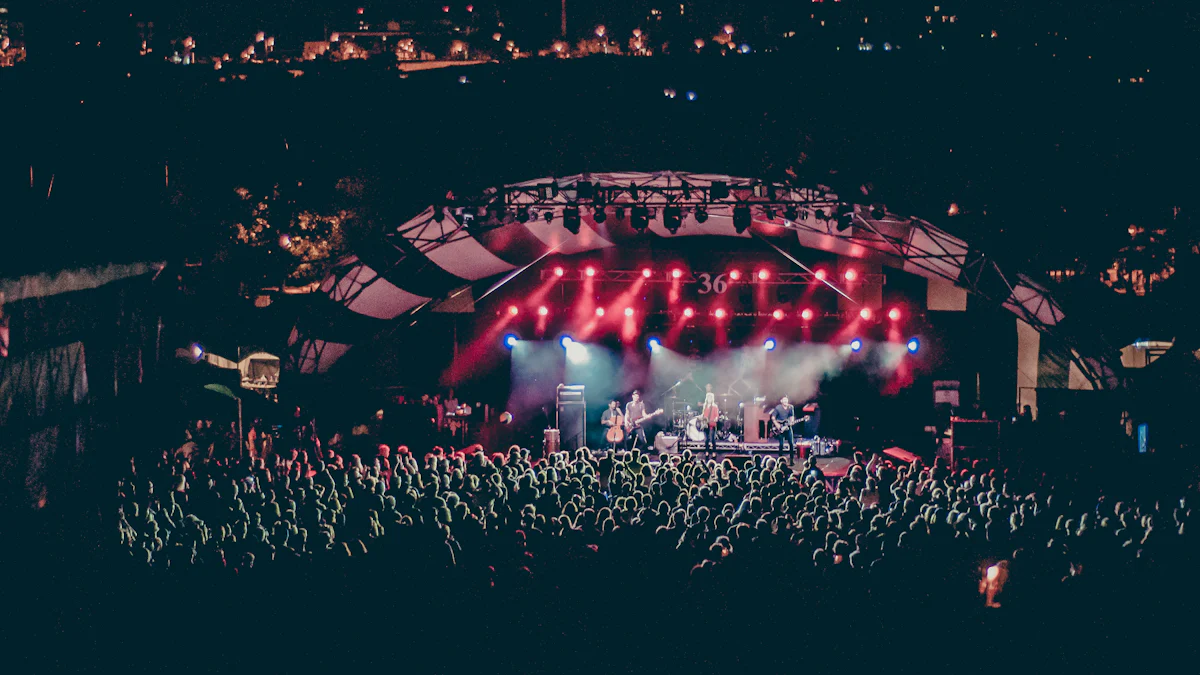
The Warped Tour has been a staple in the music festival scene since its inception. Over the years, it has grossed an impressive $367.2 million and sold approximately 10.6 million tickets. As you gear up for the Warped Tour 2025, you can feel the excitement in the air. This year marks the 30th anniversary, a significant milestone that promises to bring together legendary artists and fresh talent. With events planned in Washington, D.C., Long Beach, and Orlando, the anticipation is palpable. You won’t want to miss this celebration of music and culture.
Warped Tour 2025 Event Details
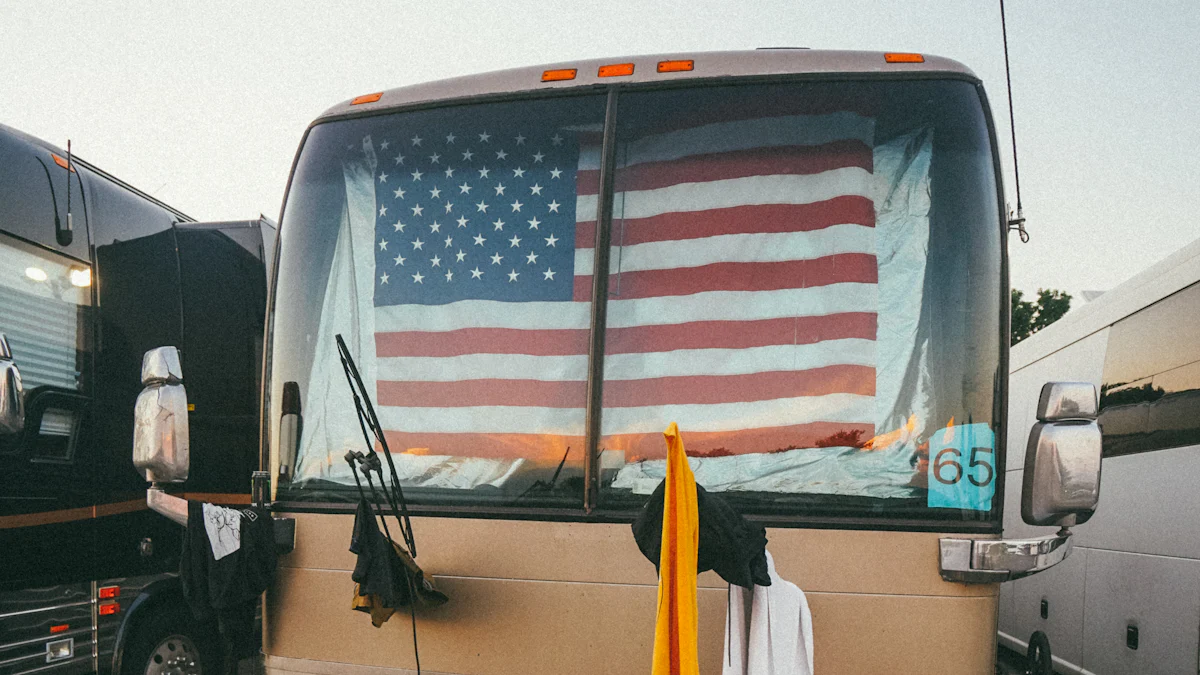
Cities and Dates
Get ready to mark your calendars! The Warped Tour 2025 is making its grand return with events in three vibrant cities. You can catch the action in:
- Washington, D.C.
- Long Beach, California
- Orlando, Florida
Each city will host the festival over two exciting days. Here’s the schedule you need to know:
- Washington, D.C.: June 14-15
- Long Beach, California: July 26-27
- Orlando, Florida: November 15-16
These dates promise a summer filled with unforgettable music experiences. Make sure you plan your trip accordingly to join the celebration.
Number of Bands
The Warped Tour 2025 lineup is set to be massive! You can expect between 70 to 100 bands at each stop. This impressive number ensures a diverse mix of both established and emerging artists. It’s a chance for you to discover new favorites and enjoy performances from bands you already love.
In comparison to previous years, the 2025 tour aims to surpass expectations. Past tours have featured around 50 to 60 bands, but this year, the organizers are pulling out all the stops. The 30th anniversary promises to be bigger and better, offering you more music and more memories.
Stay tuned for the official lineup announcement in March. You won’t want to miss the chance to see which bands will take the stage at the Warped Tour 2025.
Warped Tour 2025 Anticipated Lineup
Notable Past Acts
Warped Tour has always been a platform for some of the most iconic bands in the music scene. Over the years, you’ve seen legendary performances that have left a lasting impact. Bands like Blink-182, Fall Out Boy, and Paramore have graced the stage, creating unforgettable memories.
Highlight of past performers
These bands didn’t just perform; they set the stage on fire. We The Kings delivered one of the best sets, with lead singer Travis expressing heartfelt gratitude to his bandmates, the crowd, and Kevin Lyman. You could feel the energy and passion in every note.
“Hands down it was one of the best sets of the day.”
Influence on the music scene
The influence of these acts extends beyond their performances. They have shaped the music scene, inspiring countless artists and fans alike. Andrew Oross, a devoted attendee, described the experience as:
“Very exciting and definitely brings a lot of people together in a way to express themselves with their type of music.”
Potential Performers for 2025
As you look forward to Warped Tour 2025, the buzz around potential performers is electrifying. While the official lineup remains under wraps, rumors are swirling about who might take the stage.
Rumored bands and artists
Speculation is part of the fun! You might hear whispers about bands like Doll Skin and Silent Planet making an appearance. These bands have left a mark with their previous performances. Fans rave about their energy and connection with the audience.
Doll Skin: “The ladies of Doll Skin are without a doubt some of the sweetest and most down to earth people I’ve met.”
Silent Planet: “If you haven’t seen Silent Planet, I highly suggest you do so.”
Fan expectations and excitement
The anticipation is building, and you can feel the excitement in the air. Fans are eagerly waiting to see if their favorite bands will be part of this monumental event. The 30th anniversary promises surprises and unique twists that will make Warped Tour 2025 an unforgettable experience. Get ready to be part of something special!
Ticket Information
Presale Process
How to access presale tickets
Getting your hands on presale tickets for the Warped Tour 2025 is a breeze. Mark your calendar for October 24th, when presales kick off at 12 p.m. ET/9 a.m. PT. Head over to the official Vans Warped Tour website to secure your spot. Keep an eye on their social media channels for any updates or changes. This way, you won’t miss out on the chance to grab your tickets before they sell out.
Benefits of purchasing presale tickets
Why should you consider presale tickets? They offer several perks. First, you get early access, ensuring you don’t miss out on this epic event. Presale tickets often come with exclusive offers or packages, adding more value to your purchase. Plus, buying early means you can plan your trip and accommodations well in advance, reducing last-minute stress. It’s a win-win situation!
Pricing Details
Breakdown of ticket prices
Let’s talk numbers. The Warped Tour 2025 offers full weekend passes starting at an all-inclusive price of $149.98. This breaks down to a $119.99 ticket price plus $29.99 in fees. This pricing structure ensures transparency, so you know exactly what you’re paying for. It’s a fair deal for two days packed with incredible music and unforgettable experiences.
Comparison with previous years
How does this year’s pricing stack up against previous years? The Warped Tour has always prioritized accessible pricing, and 2025 is no different. Compared to other festivals like When We Were Young, which charges $325, the Warped Tour remains a budget-friendly option. This commitment to affordability allows more fans to join in the celebration, making it a must-attend event for music lovers everywhere.
The Warped Tour 2025 is shaping up to be an unforgettable event. Celebrating its 30th anniversary, this festival promises a unique blend of legendary acts and fresh talent. You can feel the excitement building as fans eagerly await the lineup announcement. Stay tuned for updates and make sure you’re ready for ticket sales. Mark your calendar for presale dates and secure your spot at this iconic music festival. Don’t miss out on the chance to be part of this historic celebration. Get ready to rock and roll!
Travel & Events
Columbus Day 2024 Observance Controversy
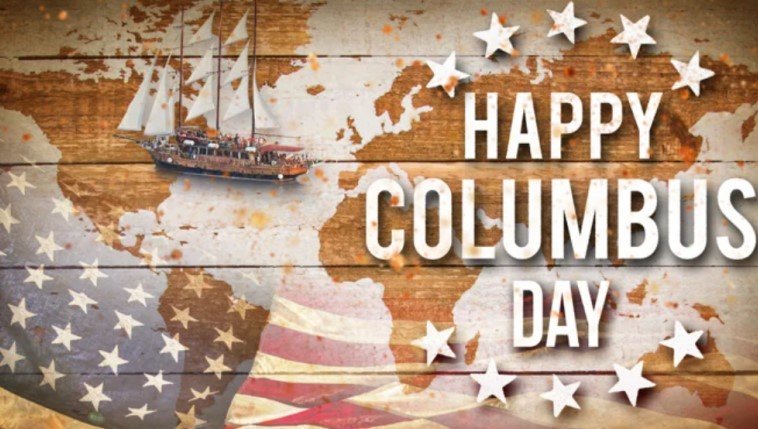
Columbus Day, celebrated on the second Monday of October, marks Christopher Columbus’ arrival in the Americas in 1492. For 2024, this federal holiday falls on October 14. Traditionally, Columbus Day has been viewed as a celebration of exploration, particularly within Italian-American communities, due to Columbus’ Italian heritage. However, in recent years, this holiday has become increasingly controversial, prompting debates about its historical significance and ethical implications.
Columbus Day 2024: Evolving Traditions and Controversies
In the last few decades, Columbus Day has faced growing opposition due to the colonialism, enslavement, and devastation brought upon Indigenous populations following Columbus’ arrival. As a result, Indigenous Peoples’ Day has emerged as an alternative observance, focusing on the resilience and contributions of Native American communities. Several U.S. cities, states, and educational institutions have embraced this alternative, either alongside or in place of Columbus Day.
As of 2024, 17 states and over 100 cities officially recognize Indigenous Peoples’ Day, signaling a growing nationwide movement to honor Indigenous cultures and histories. The Biden administration has issued proclamations recognizing Indigenous Peoples’ Day since 2021, although it is not yet a federal holiday.
The Historical Background of Columbus Day
Columbus Day was first proclaimed as a national holiday in 1937 under President Franklin D. Roosevelt. The Knights of Columbus, an influential Catholic fraternal organization, played a significant role in promoting this holiday as a way to recognize the achievements of Italian immigrants in the U.S. Since 1971, the holiday has been observed on the second Monday of October, giving it a permanent place on the federal calendar.
However, Columbus’ legacy is far from universally celebrated. The explorer is often criticized for his role in the violent conquest of Indigenous lands, the initiation of transatlantic slavery, and the decimation of Native populations through disease and exploitation. These historical realities have contributed to the movement to reframe the narrative surrounding Columbus’ arrival.
Trending Searches: Columbus Day vs. Indigenous Peoples’ Day
As the holiday approaches in 2024, popular search queries reflect the ongoing public debate. Some of the most searched topics include:
- What is open or closed on Columbus Day 2024?
People are curious about which businesses, banks, and government offices are affected by the holiday. Federal offices and the USPS are closed, while most retail businesses remain open. - Why is Columbus Day controversial?
Many are searching for details about the criticisms of Columbus Day, particularly its connection to colonial violence and the marginalization of Native Americans. - What is Indigenous Peoples’ Day?
A rising interest in understanding this alternative holiday has prompted questions about its history, significance, and how it’s celebrated. - How is Columbus Day celebrated in Italian-American communities?
Italian-American pride remains a significant aspect of Columbus Day, with parades and cultural festivals held in cities like New York and Chicago. - Which states have replaced Columbus Day with Indigenous Peoples’ Day?
Growing interest surrounds the states and cities that have officially recognized Indigenous Peoples’ Day over Columbus Day.
Columbus Day Celebrations and Cultural Significance
Despite the controversy, Columbus Day remains an important holiday for many Italian-Americans, who view it as a celebration of their heritage. Across the country, parades, street fairs, and cultural events are held to honor Columbus’ voyage and the contributions of Italian immigrants. These celebrations often feature Italian cuisine, music, and performances, offering a positive reflection on the immigrant experience in the U.S.
However, Indigenous Peoples’ Day celebrations also spotlight Native American culture and history. In cities and regions that observe this holiday, events such as traditional dance performances, art exhibitions, and educational workshops highlight the achievements and resilience of Indigenous communities.
The Future of Columbus Day
The debate over Columbus Day versus Indigenous Peoples’ Day is unlikely to resolve anytime soon. As more states and cities adopt Indigenous Peoples’ Day, the holiday’s future remains a topic of national conversation. The movement to replace Columbus Day reflects broader societal shifts toward inclusivity and reexamining historical figures through a modern lens.
FAQs
What is the date of Columbus Day 2024?
Columbus Day will be observed on October 14, 2024.
Why is Columbus Day controversial?
Columbus Day has become controversial due to its association with the colonization of Indigenous lands, the introduction of slavery, and the devastating impact on Native populations.
Which states recognize Indigenous Peoples’ Day instead of Columbus Day?
Seventeen states, including California, Oregon, and New Mexico, officially recognize Indigenous Peoples’ Day as a state holiday.
Is Indigenous Peoples’ Day a federal holiday?
While President Biden has issued proclamations recognizing Indigenous Peoples’ Day since 2021, it is not currently a federal holiday.
How is Columbus Day celebrated?
Italian-American communities celebrate Columbus Day with parades, cultural events, and festivals, particularly in cities like New York and San Francisco.
What is the future of Columbus Day?
The future of Columbus Day is uncertain, as the movement to replace it with Indigenous Peoples’ Day continues to gain momentum across the U.S.
Travel & Events
Mid-Autumn Festival 2024: Date, Traditions, and Celebrations

Mid-Autumn Festival, Moon Festival, or Mooncake Festival: This is one of the most celebrated holidays all across East Asia in general, with principal festivities shared by China, Taiwan, Vietnam, Singapore, and Malaysia. This is a sign, literally on the 15th day of the 8th month in the lunar calendar; it means that the moon falls on that period in its fullest and brightest form, a symbol for unity, harmony, and prosperity. Typically this is a time when families come together to eat and view the beauty of the full moon.
The history, mythology, and traditions behind the Mid-Autumn Festival have been expounded upon in this post.
-

 Health And Fitness8 months ago
Health And Fitness8 months agoPepsi Zero Sugar vs Diet Pepsi: Which Is Healthier?
-

 Health And Fitness7 months ago
Health And Fitness7 months agoHow to Choose a Rehab for Lasting Recovery
-

 News8 months ago
News8 months agoKolkata Doctor Case: Tragic Story of Dr. Moumita Debnath
-

 News8 months ago
News8 months agoLondon King Opens Up About Her Relationship with Rob Schneider
-

 Tech Innovation7 months ago
Tech Innovation7 months agoHuawei Mate XT: A Detailed Review of the World’s First Tri-Fold Smartphone
-

 News8 months ago
News8 months agoSunita Williams’ Space Dilemma: Never Alone, Always Brave
-

 Sports6 months ago
Sports6 months agoChicago Marathon 2024 Results
-

 Business8 months ago
Business8 months agoTop Payroll Services for Small Businesses in 2024

